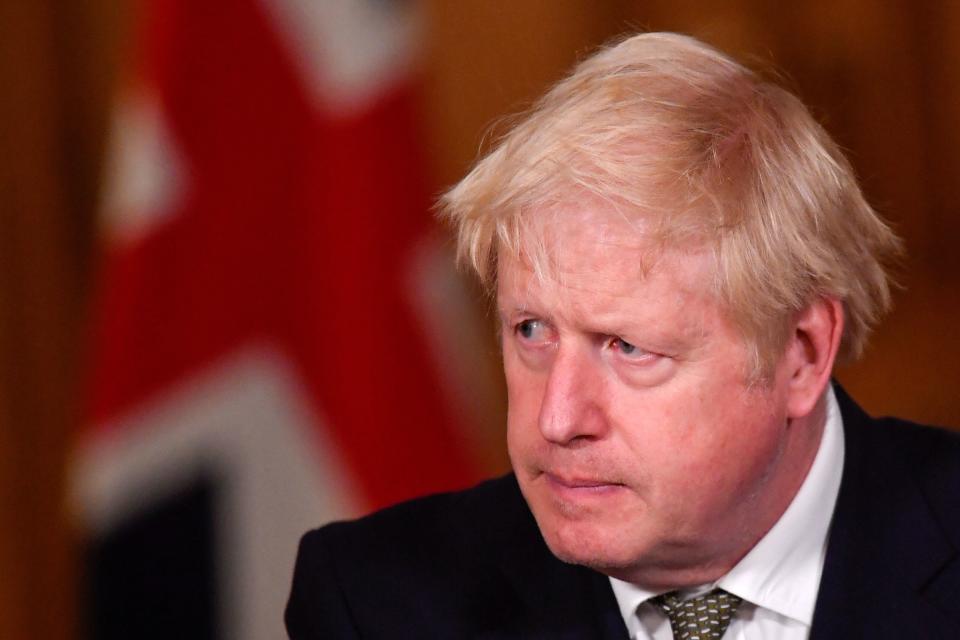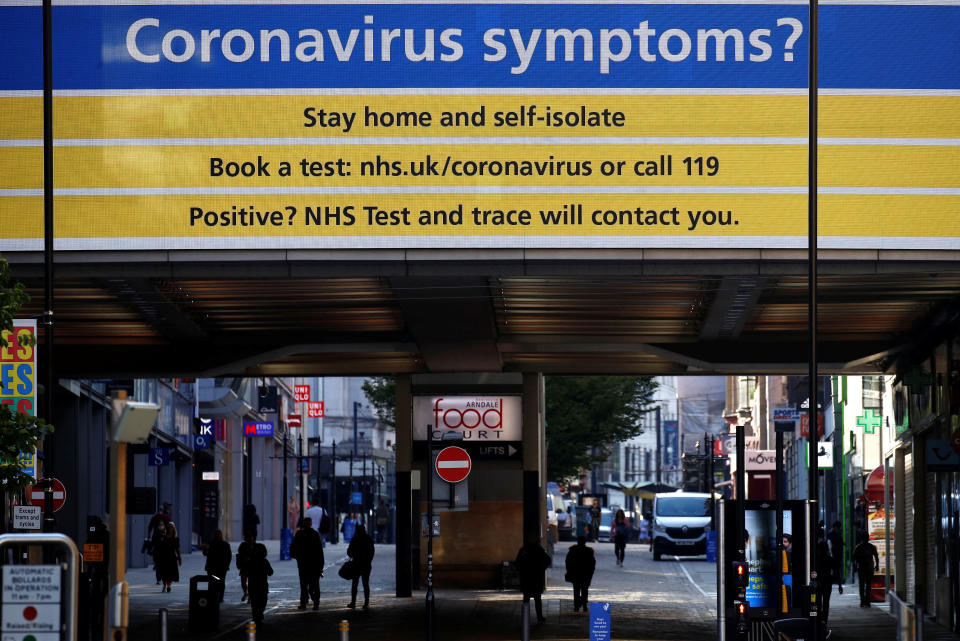Sage: 'Widespread growth' of coronavirus epidemic as R rate remains as high as 1.5

The reproduction rate of coronavirus in the UK is 1.3 to 1.5, meaning there is still “widespread growth” across the country.
Last week the figure was given as 1.2 to 1.5.
Experts on the government's Scientific Advisory Group for Emergencies (SAGE) published the latest figures on Friday.
A statement from SAGE said: “It is SAGE’s expert view... that this week’s estimates are reliable, and that there is still widespread growth of the epidemic across the country.
“SAGE is confident that the transmission is not slowing. There is no clear evidence that the epidemic’s trajectory has changed in the past month.

“While the R value remains above 1.0, infections will continue to grow at an exponential rate. This is currently the case for every region of England and all have positive growth rates, reflecting increases in the number of new infections across the country.”
Watch: Coronavirus: what is the R0 reproduction rate?
The growth rate is between +4% and +7% meaning the number of new infections is growing by 4% to 7% every day, a slight decrease from 4% to 9% last week.
The data comes after a new three-tier system was introduced in England to classify areas according to COVID-19 infection risk.
The Liverpool City region became the first to enter the ‘very high’ Tier 3 band on Wednesday, with local leaders in Manchester becoming embroiled in a bitter battle with government to resist the city and surrounding areas also being upgraded from Tier 2 to Tier 3.
In these areas the R rate has remained at a similar level to the previous week, but the figures for the south west of England are now the highest in the country, with an R rate of 1.3 to 1.6 and a growth rate of 6% to 10%.

Boris Johnson has said his “whack-a-mole” strategy of localised lockdowns could help prevent another nationwide lockdown, but scientific advisors to the government have questioned whether the localised tier-system could have come too late.
Scientific advisor Graham Medley, from the London School of Hygiene and Tropical Medicine, said of the likelihood of success of local lockdown measures: “I really hope that they are [successful] but the general feeling is that they might not be, that we might have to have much more of an approach and that this three week delay between the impact of interventions and it affecting hospitalisations means we are already going to be close to where we were in April in two or three weeks time.”
Medley was speaking to BBC Radio 4’s Today programme ahead of an interview with Dominic Raab in which the foreign secretary said that expert advice was still that local lockdowns could work.

Urging Manchester mayor Andy Burnham to co-operate, Raab said: “We’ve looked at SAGE’s advice and I spoke to Patrick Vallance and Chris Whitty this week... Their advice is very clear - we can avoid national level lockdowns if we lean in to this tiered approach.
“Andy ought to be working with the government. He’s resisting targeted restrictions in Manchester while Keir Starmer is calling for a national lockdown which would do far more damage.”
R rate figures are based on epidemiological data such as hospital admissions, ICU admissions and deaths, meaning it can take up to three weeks for changes in the spread of disease to be reflected in the estimated reproduction rate due to the time delay between initial infection and the need for hospital care.
As of Friday there had been 43,293 COVID-19 related deaths in the UK and more than 674,000 confirmed cases.
Coronavirus: what happened today
Click here to sign up to the latest news, advice and information with our daily Catch-up newsletter

 Yahoo Sport
Yahoo Sport 






































